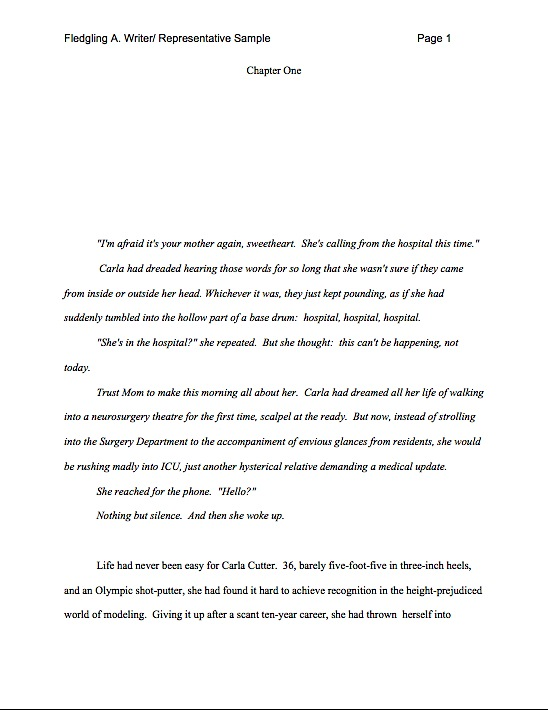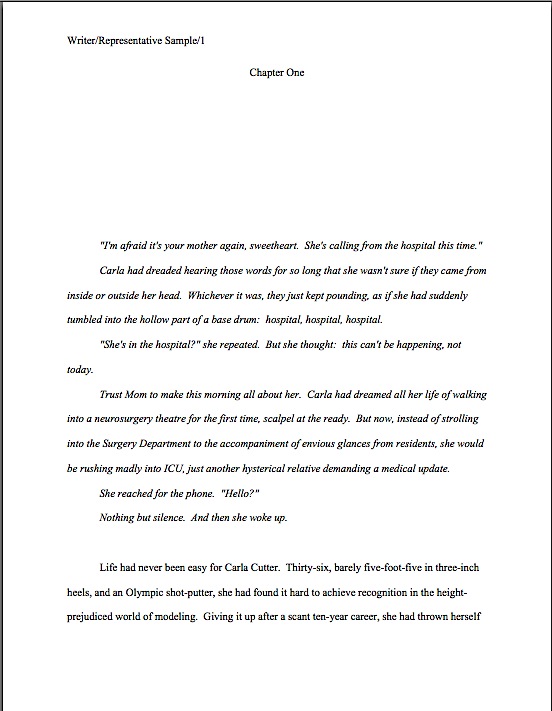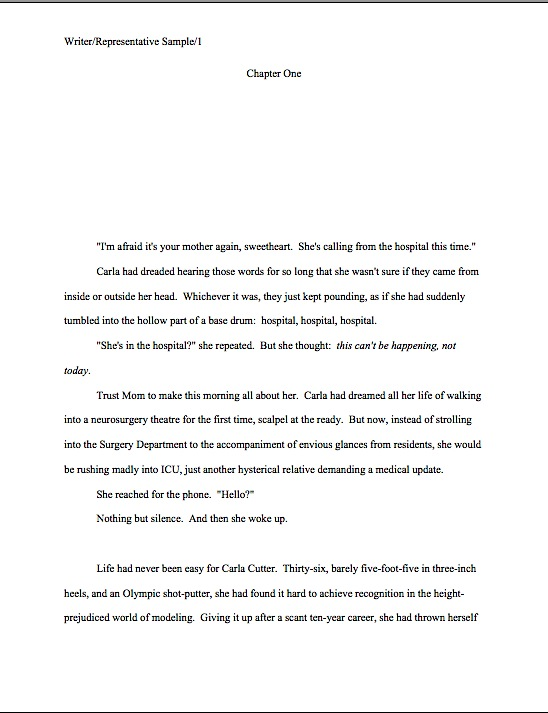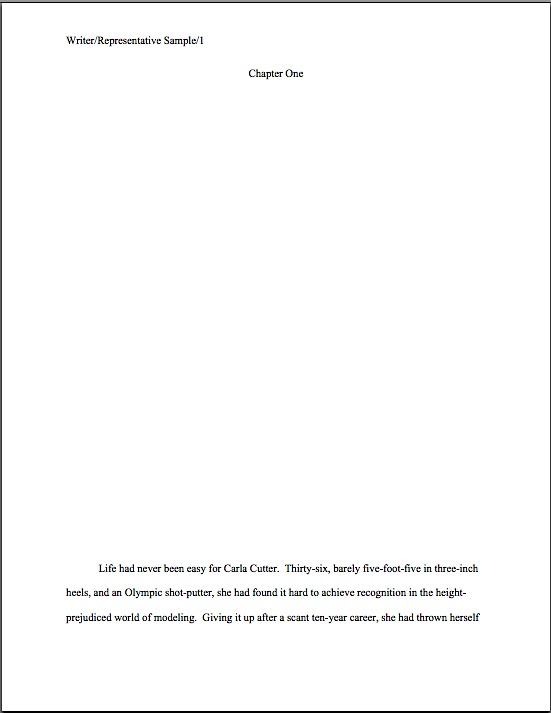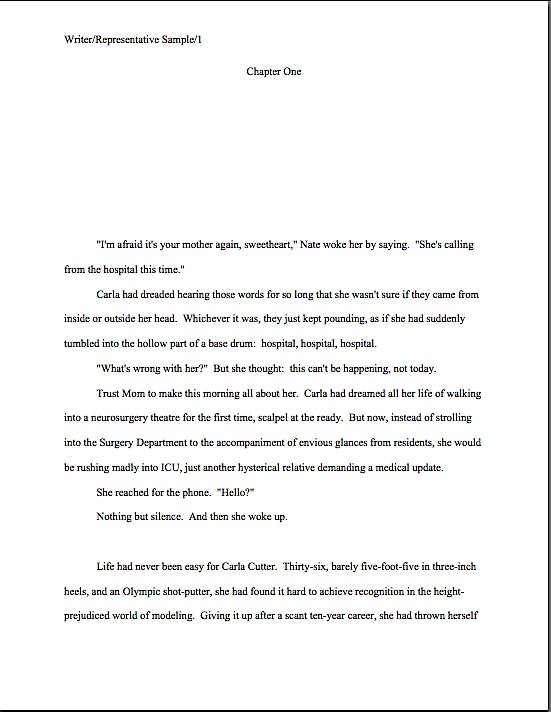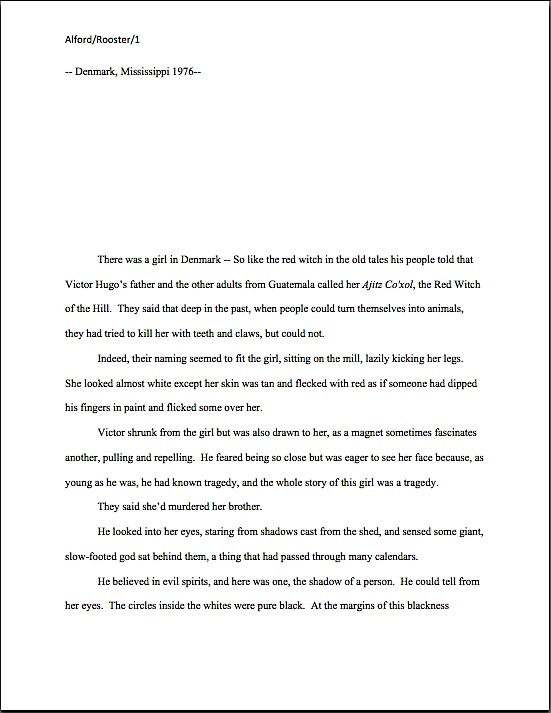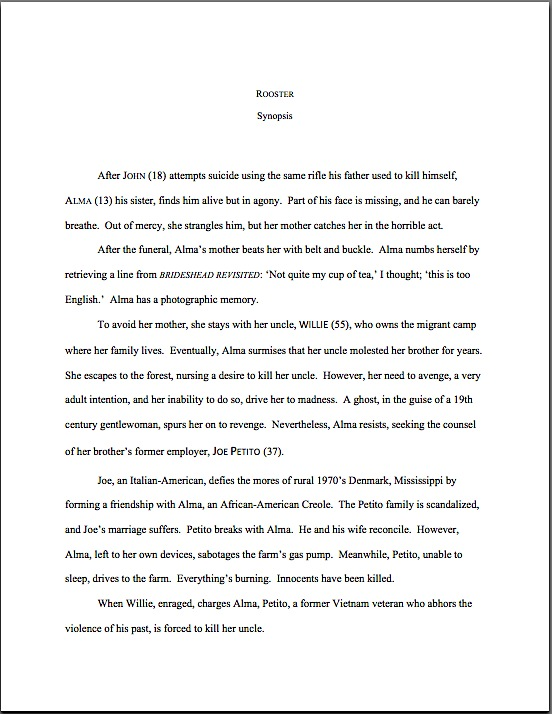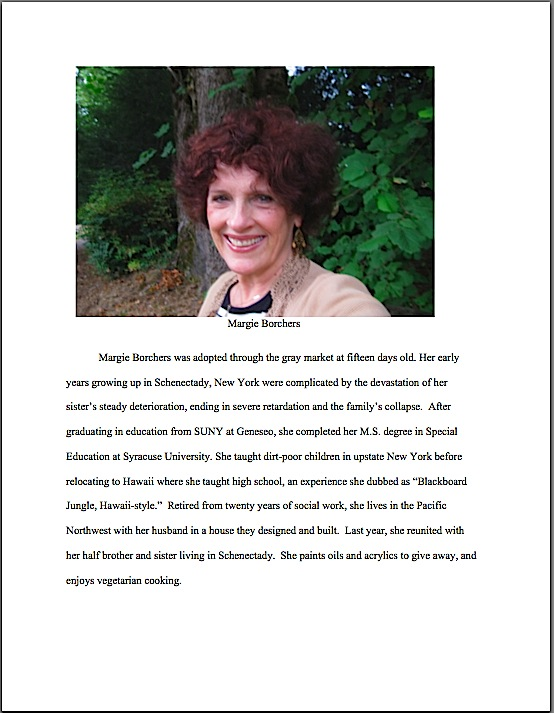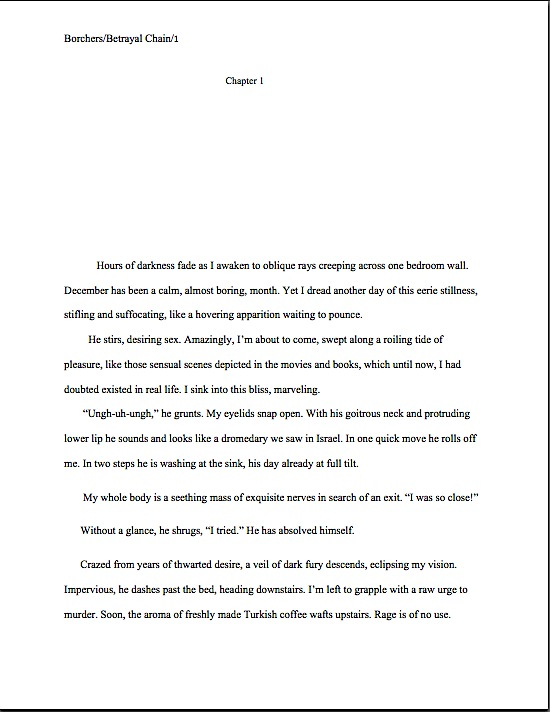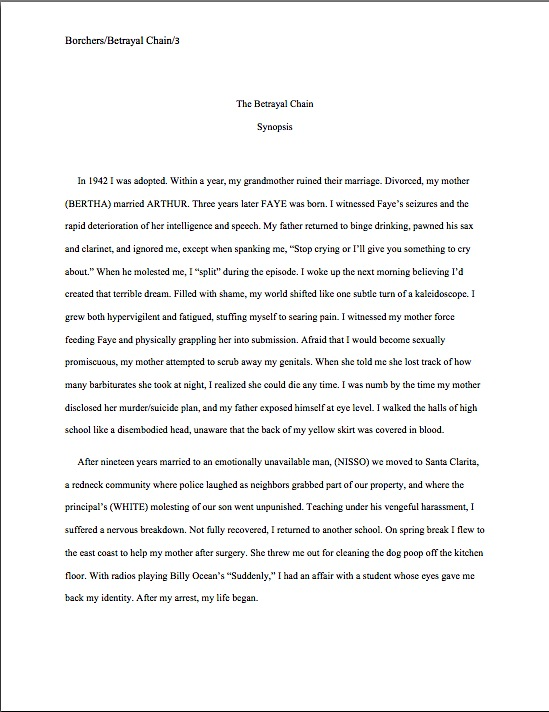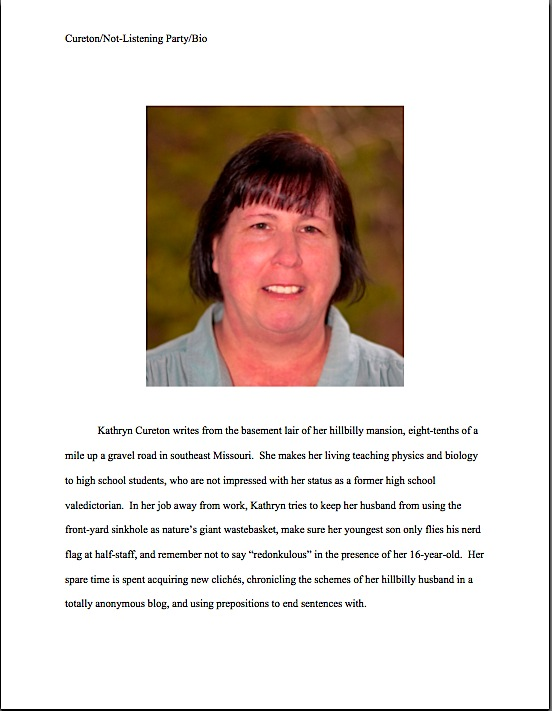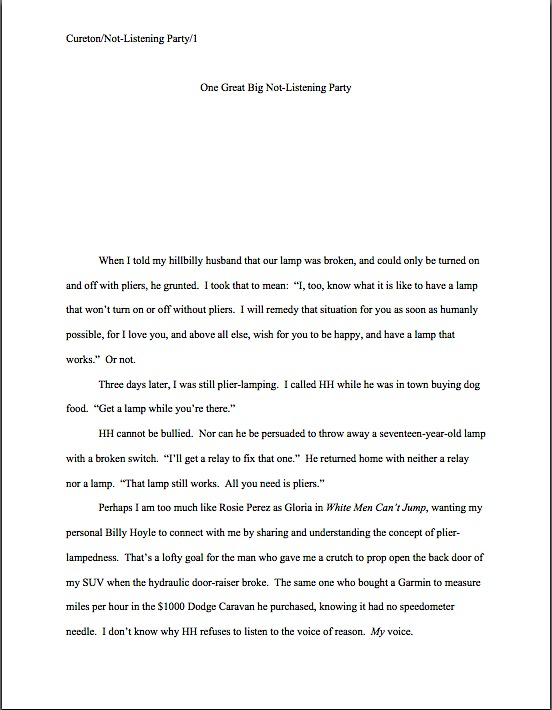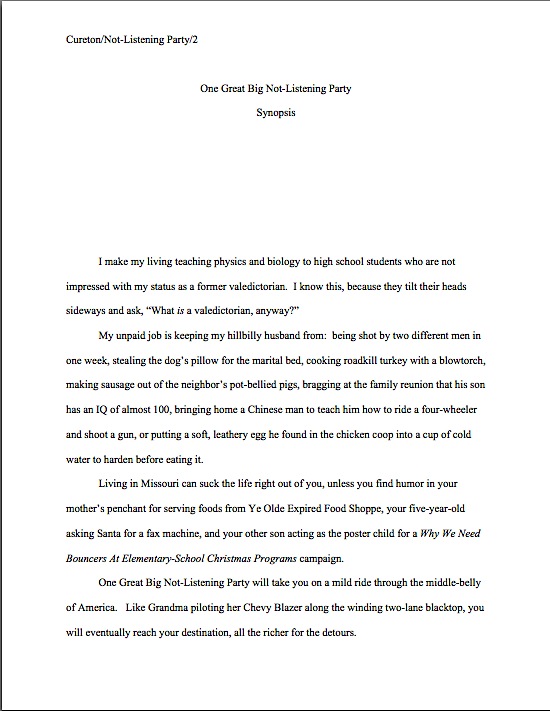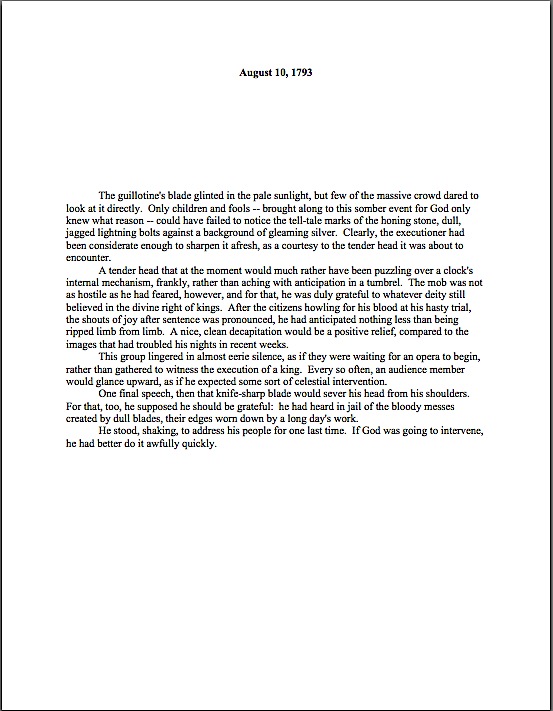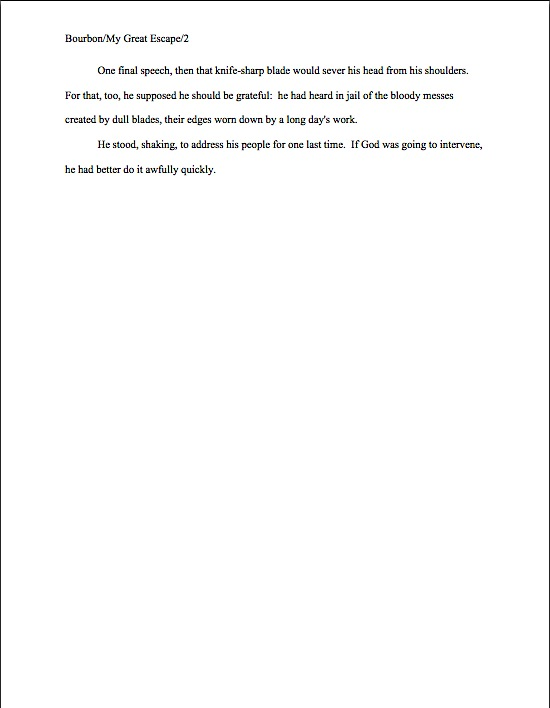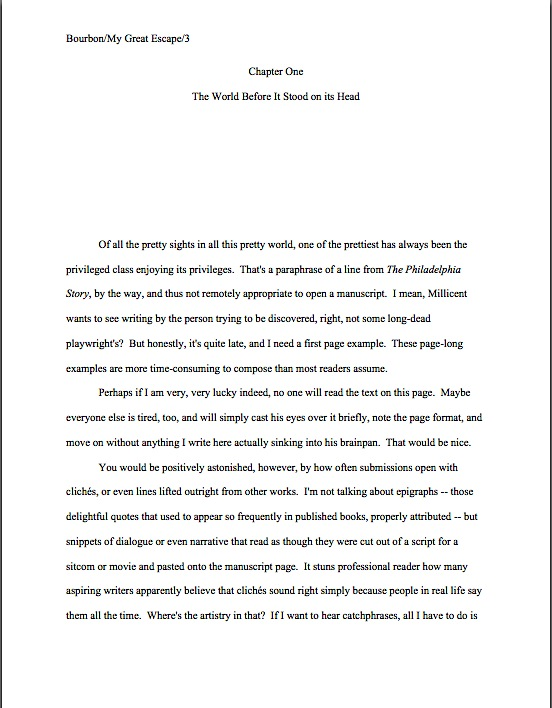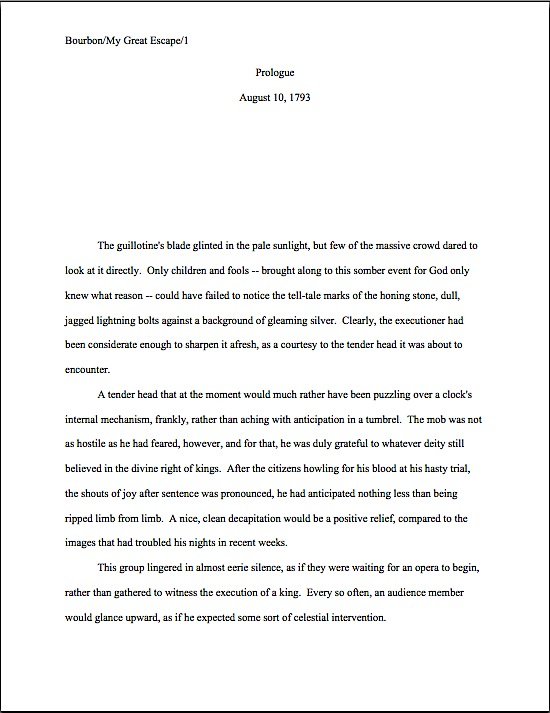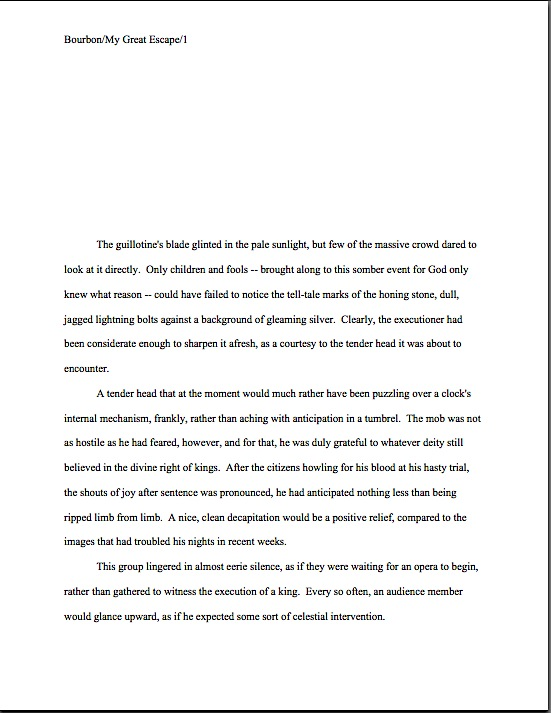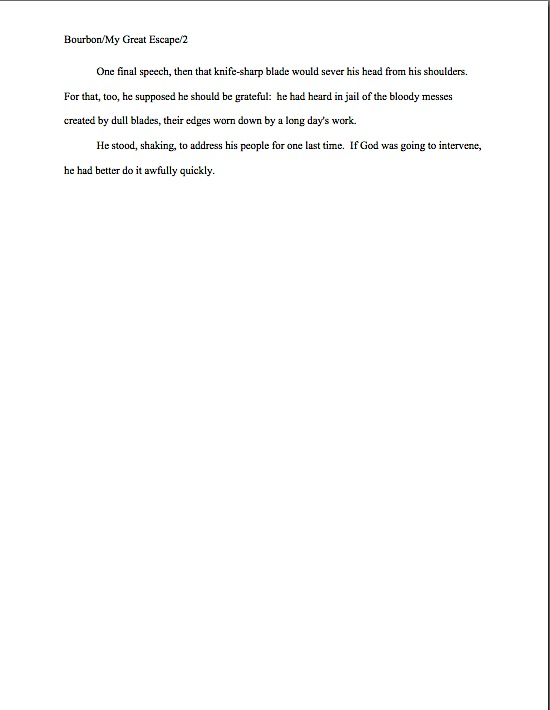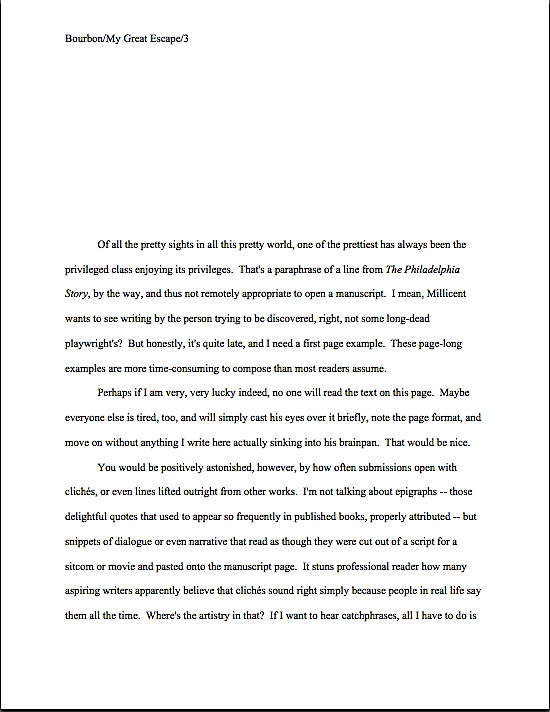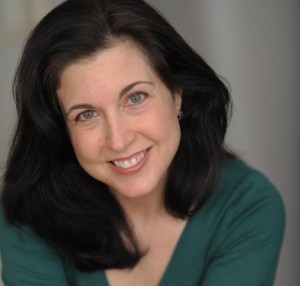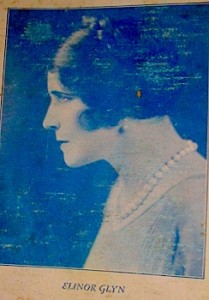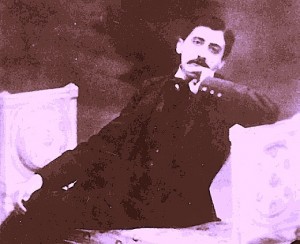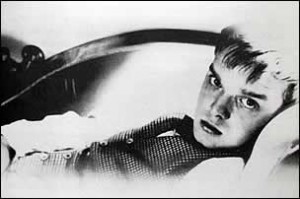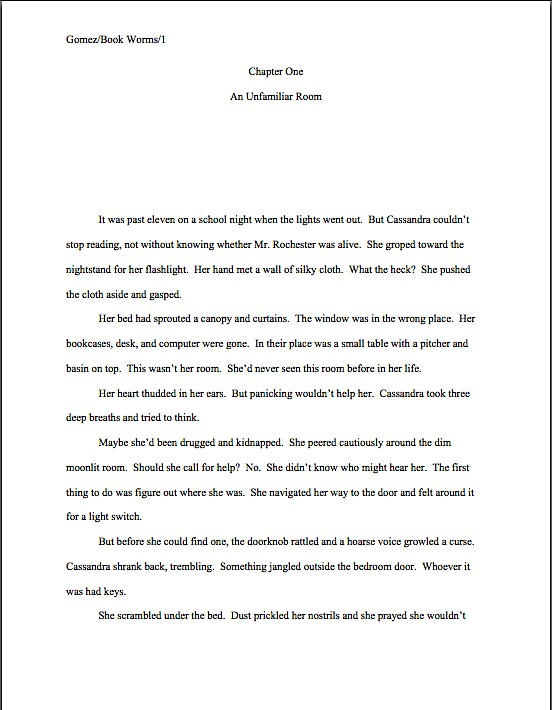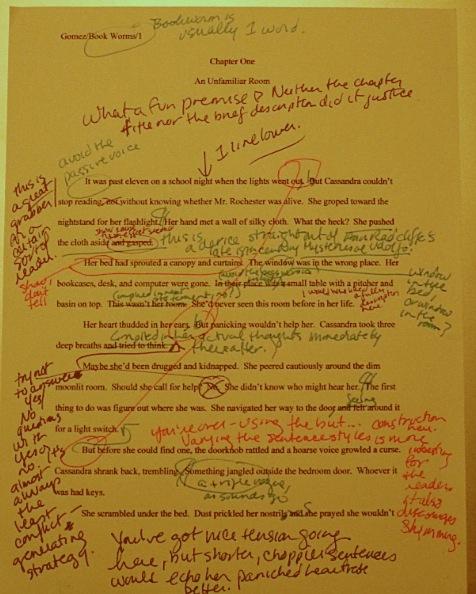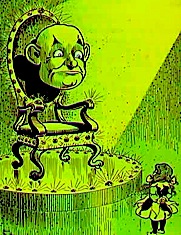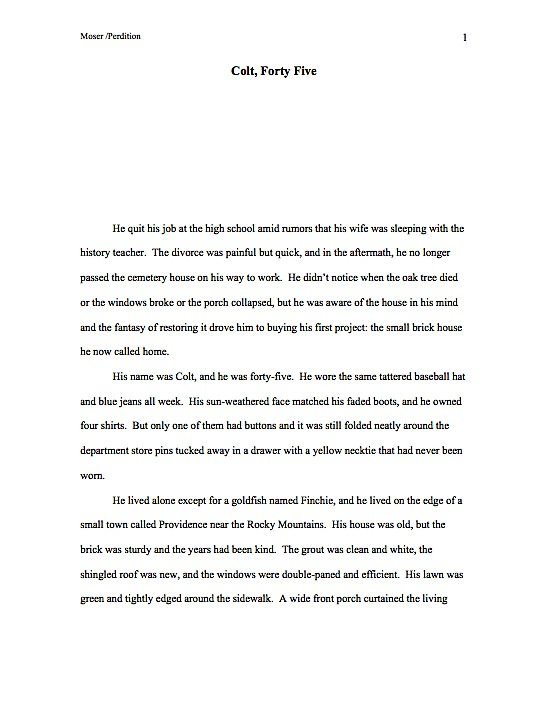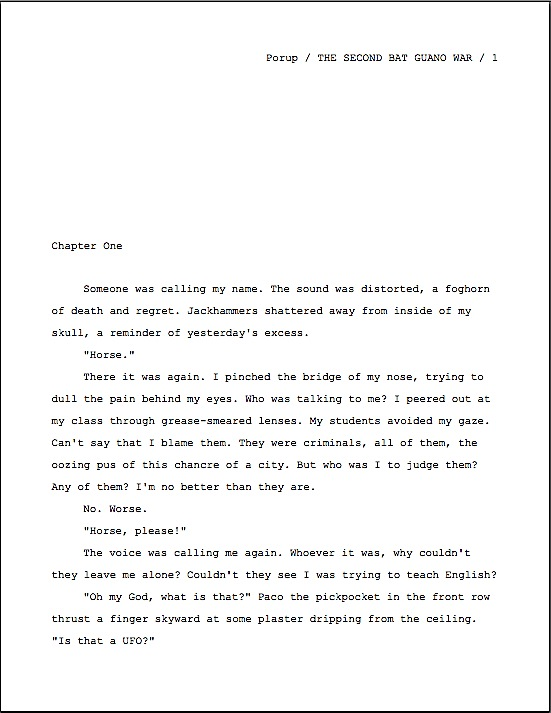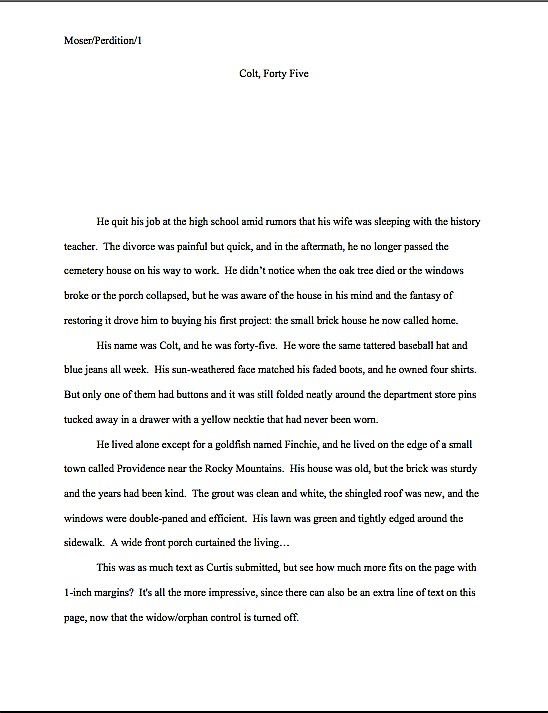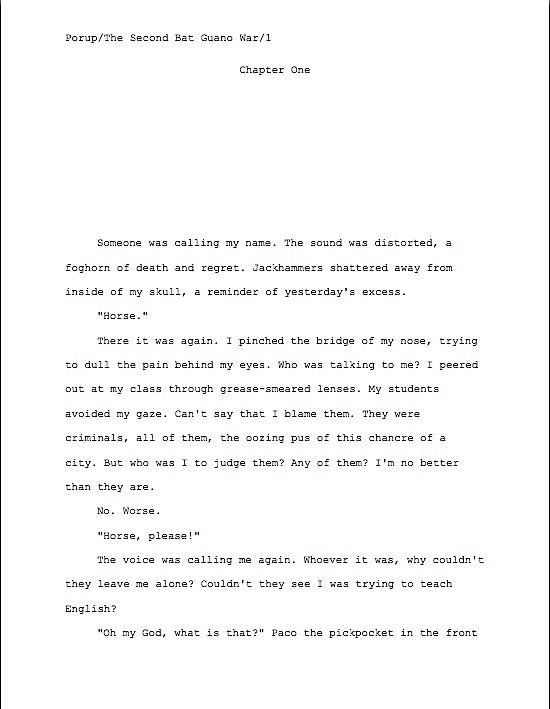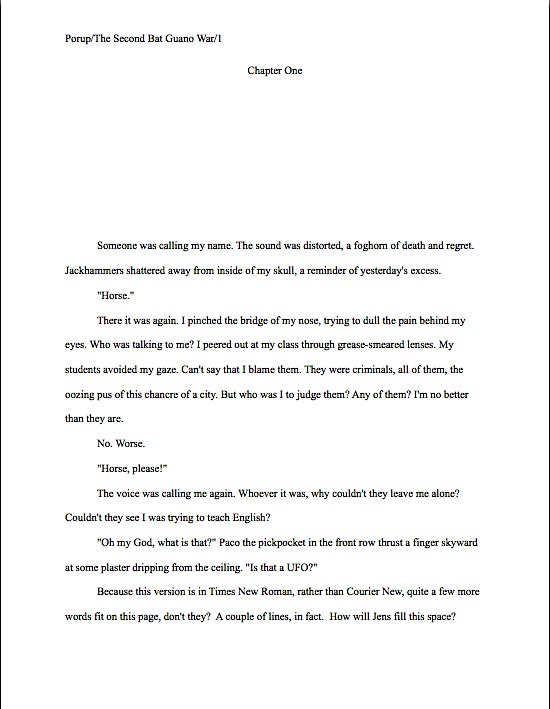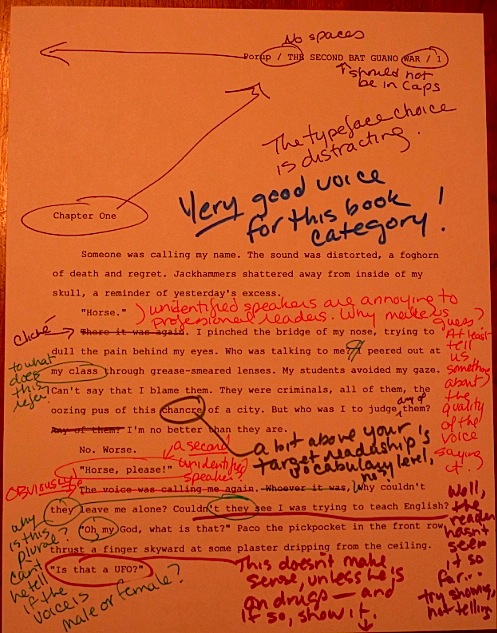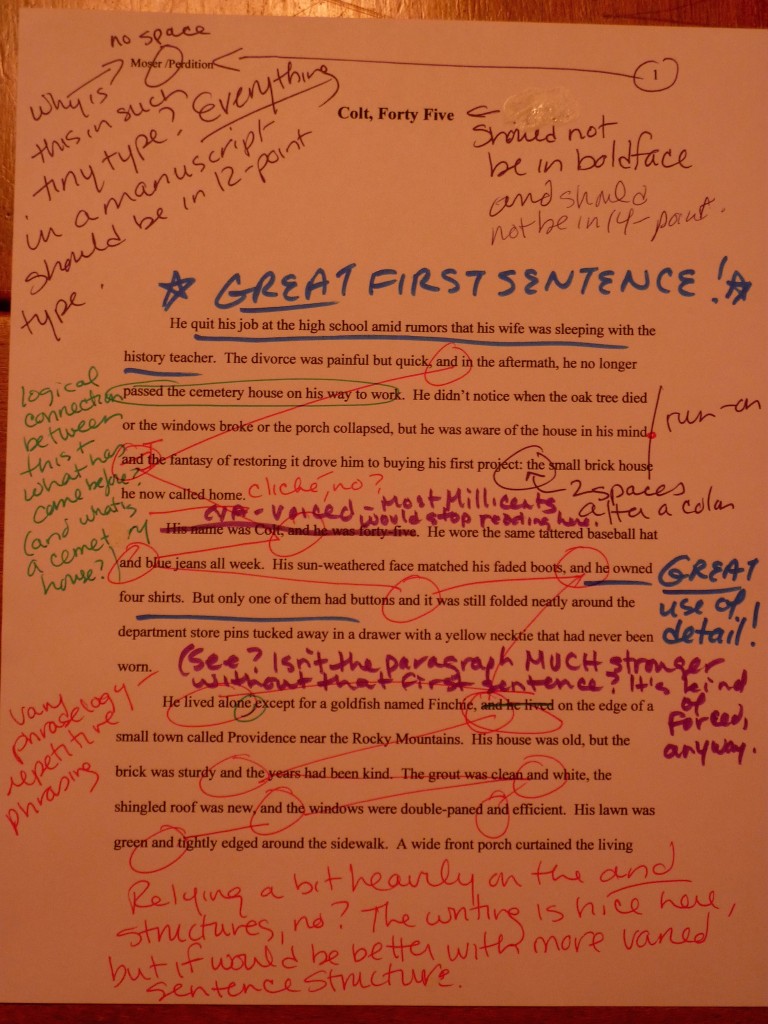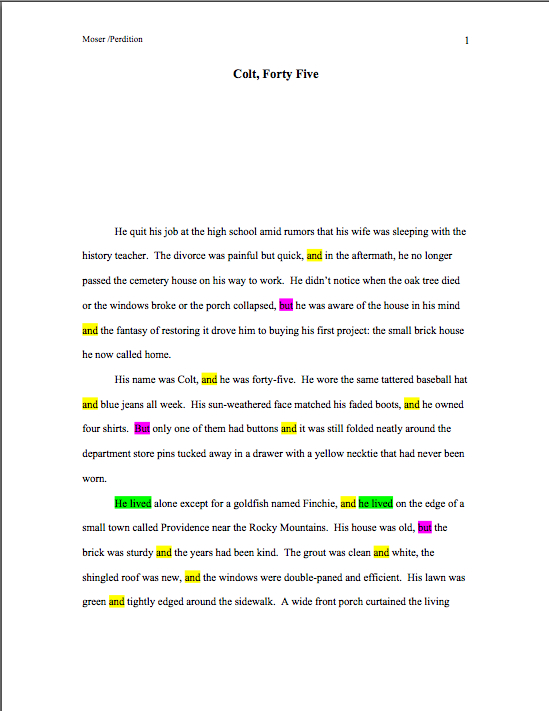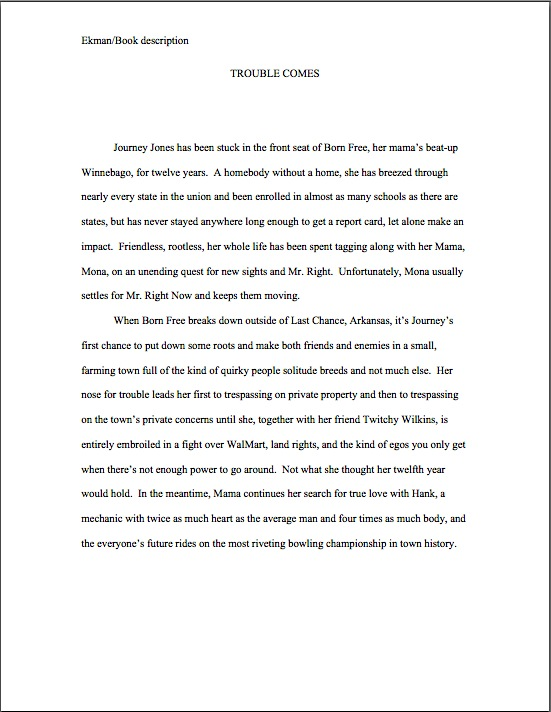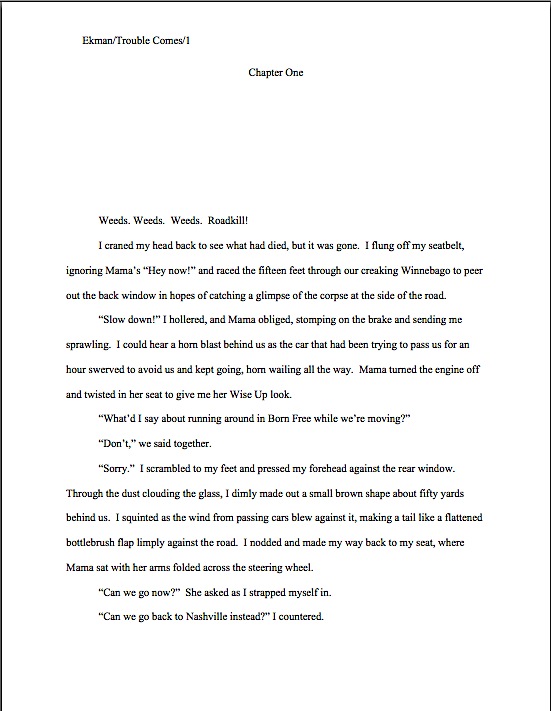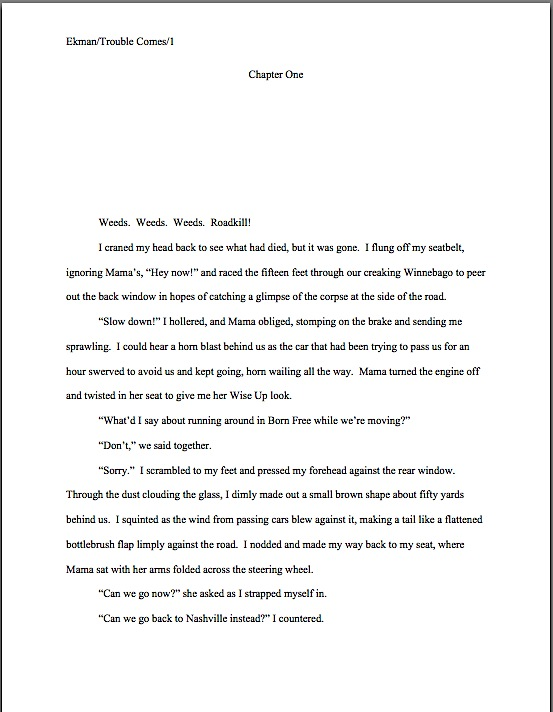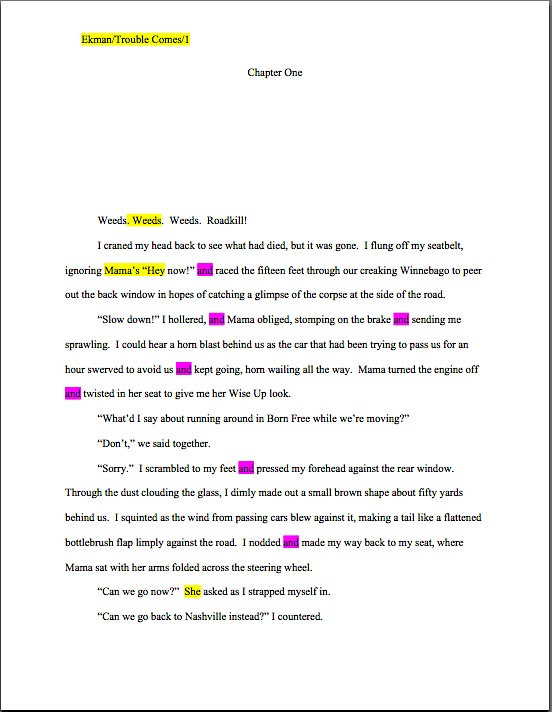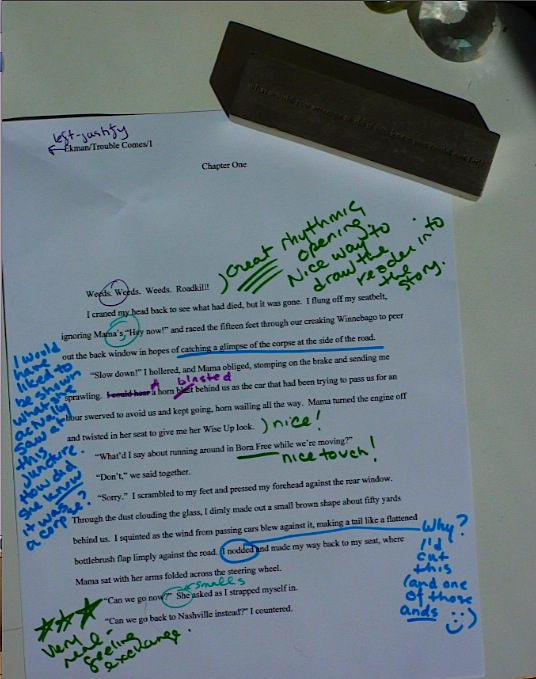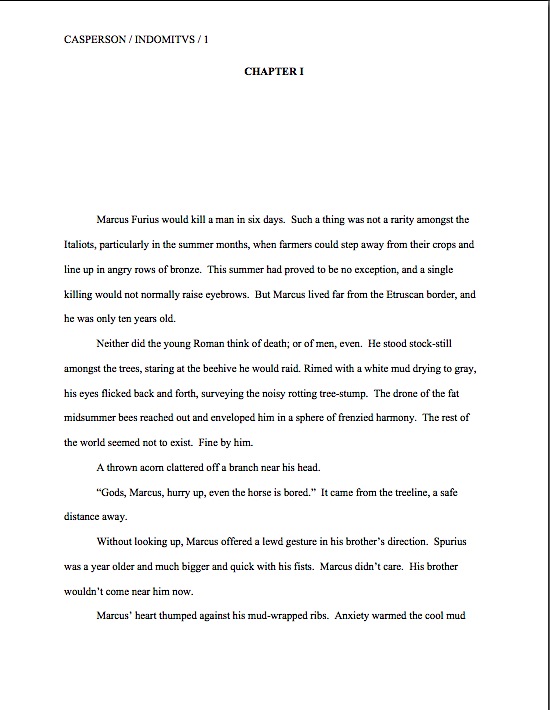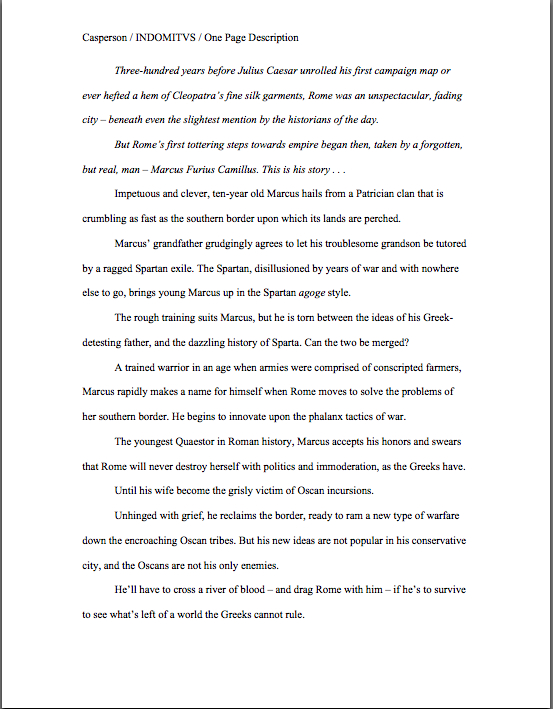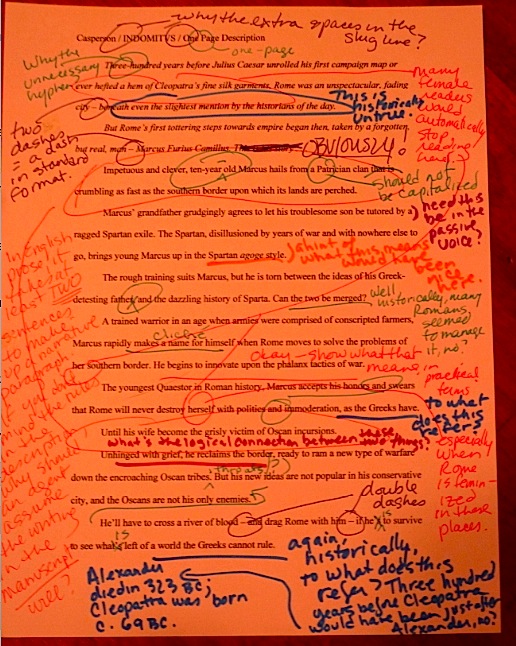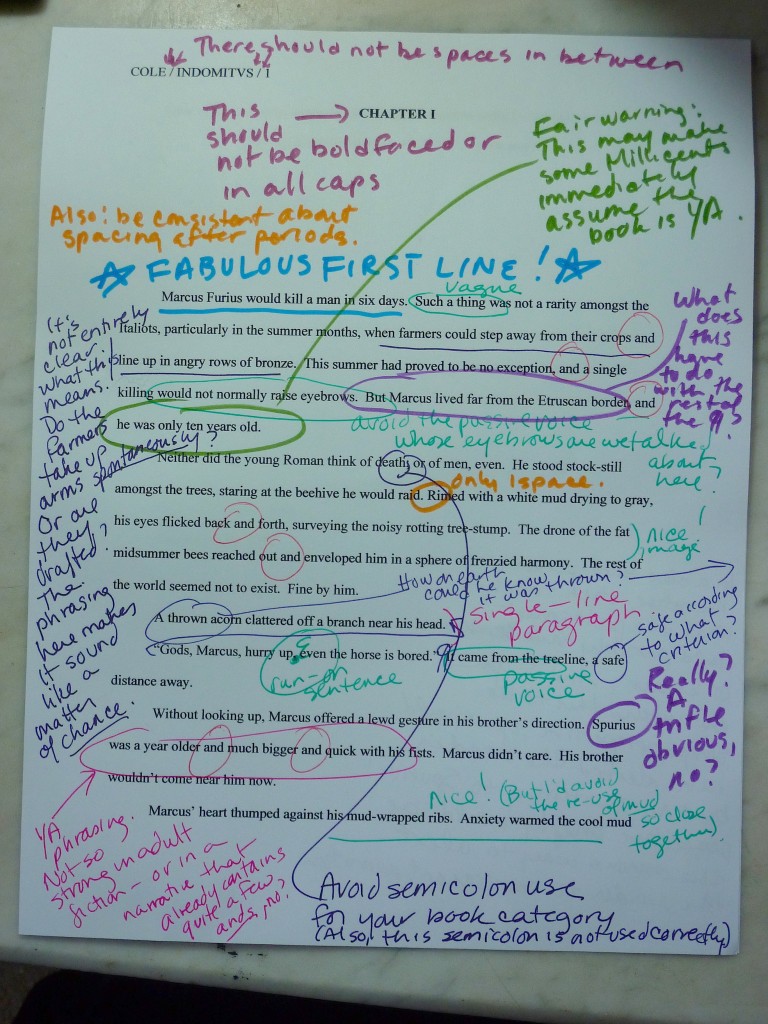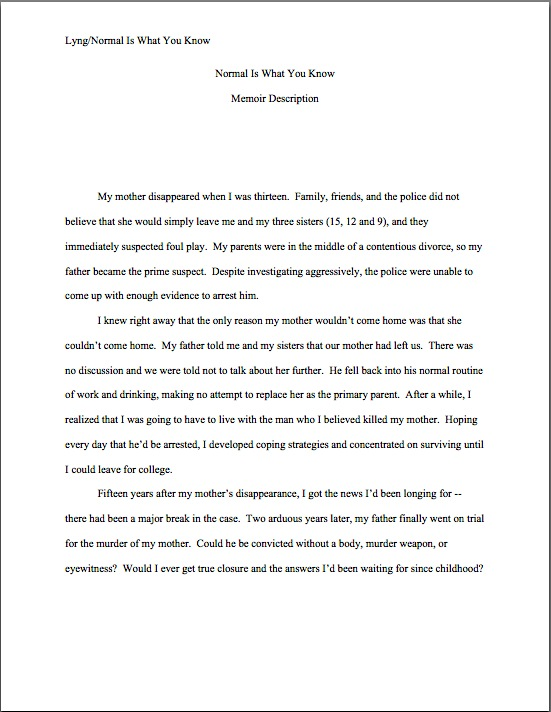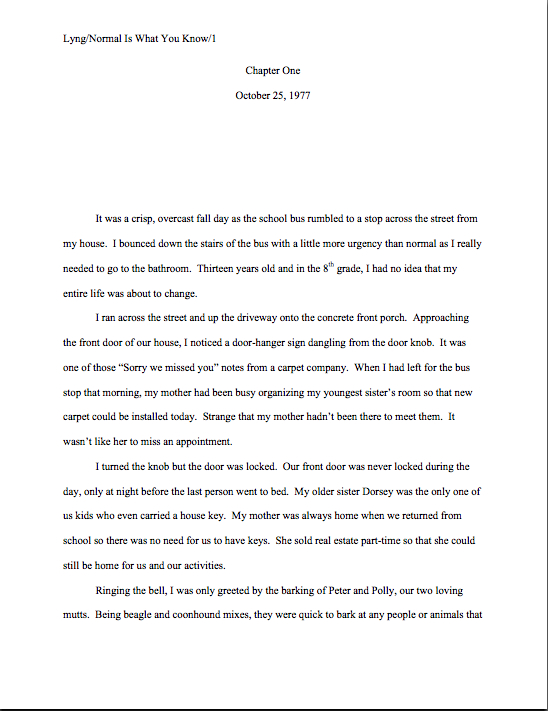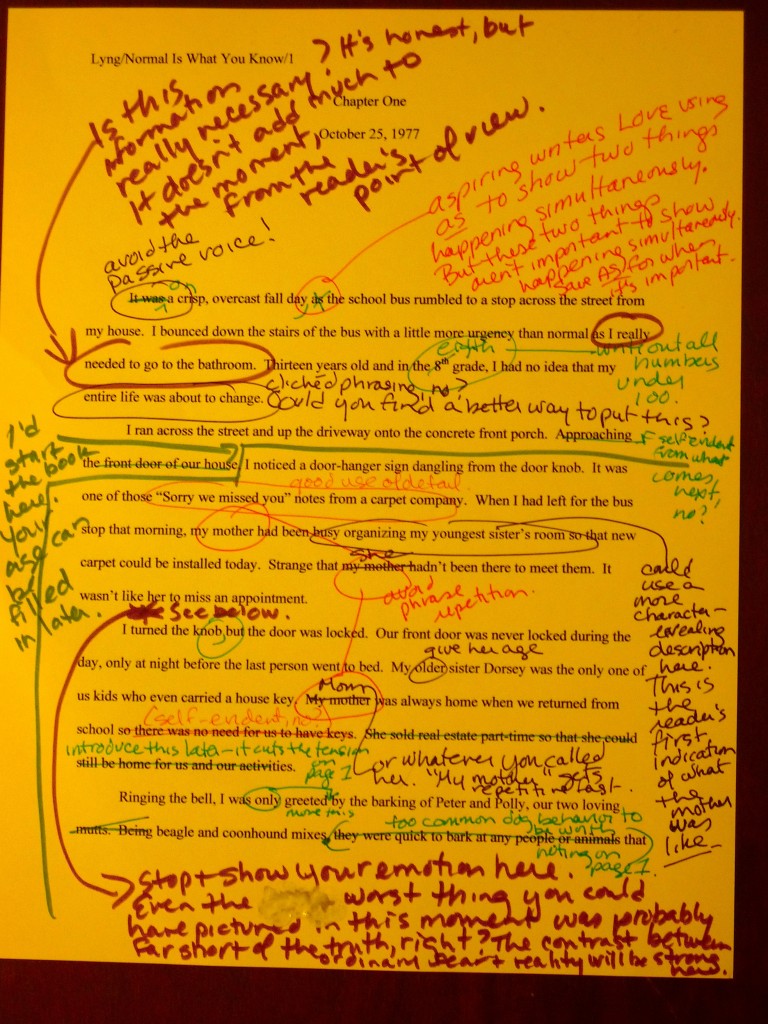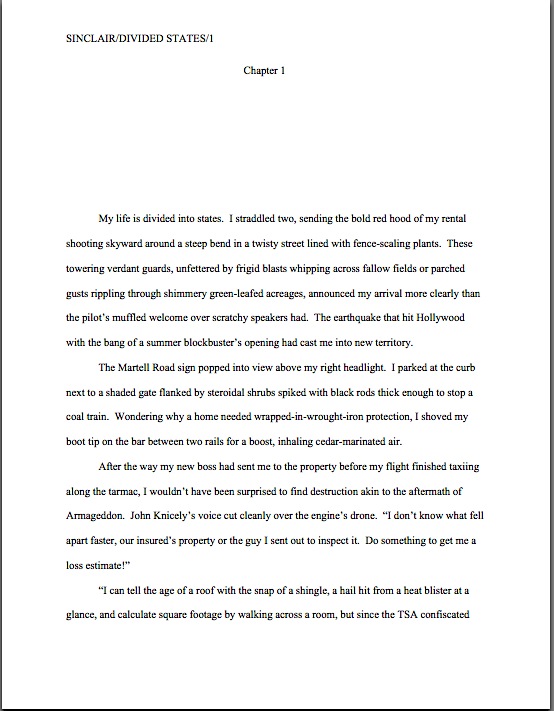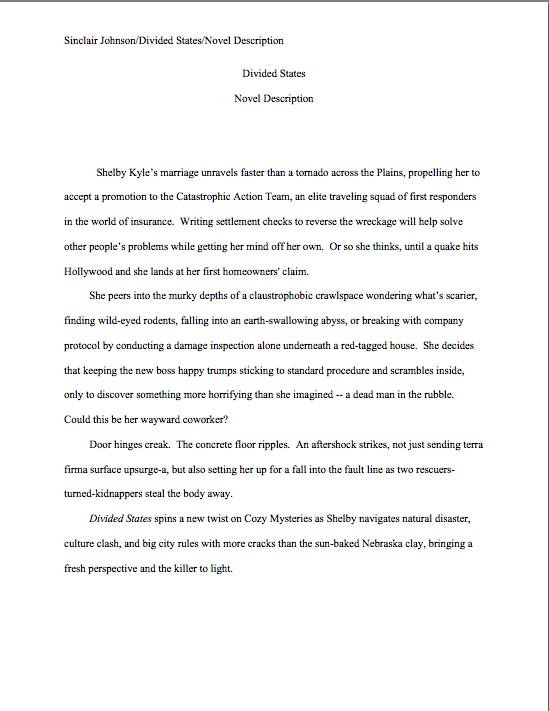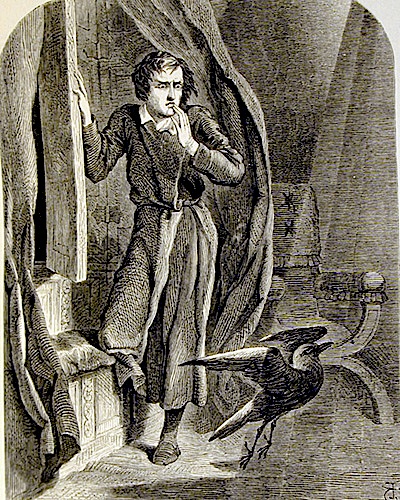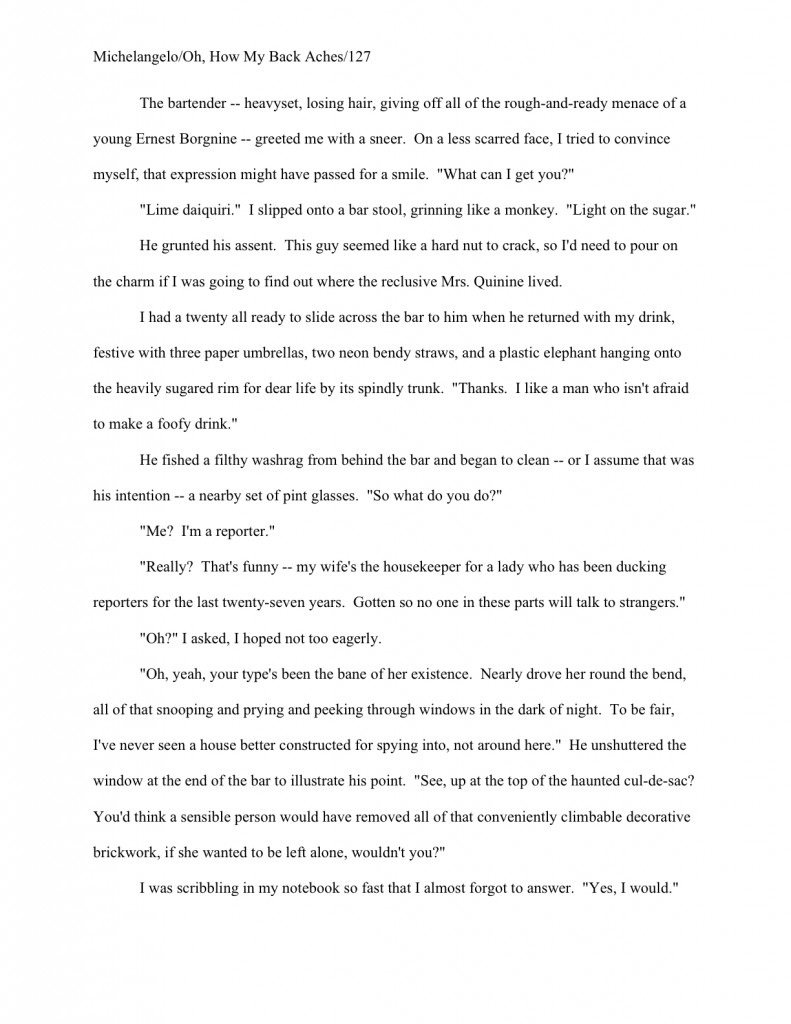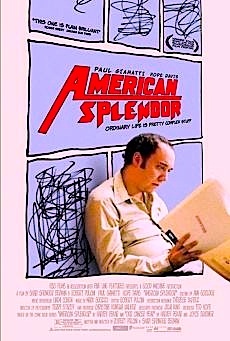My, that’s a mighty cool image for a midsummer day, is it not? After catching the tail end of a national weather report, I thought some of you fine people could use some visual air conditioning.
And what a refreshing breeze was caused by all of those hands suddenly shooting into the air. “But Anne,” those of you who have been following this series on self-editing and rigorously applying its principles, “air conditioning is felt viscerally, and visual images are seen by the eyes! Is this not, therefore, a mixed metaphor — and aren’t mixed metaphors one of the many, many things that get our old pal Millicent the agency screener’s goat?”
Quite right, sharp-eyed revisers, and well caught. Our Millie has indeed been known to gnash her teeth over analogies that are not quite analogous, as well as sensual organs that pick up sensations beyond their traditional ken. Hearts that skip a pulse, rather than a beat, eyes that observe inflections in tone, facial expressions that convey emotions of such complexity that Marcel Proust would consider their fullness over-examined on the page — all have done their part over the years in depleting Millicent’s goat herd.
She doesn’t have awfully many goats left, people. Choose your words with care.
In an effort to help her conserve a few cloven-footed beasts, I went on at some length last time about the yawn-inducing effect of mentioning characters’ names too often within a short stretch of text. As I tried to show in what was probably an excess of examples, the repetitive force of all those capital letters can be somewhat hypnotic. More seriously, they can be distracting from the story the book is telling.
And that, my friends, is bad news for any submission. It’s worth a novelist’s while, then, to massage the text a little to try to reduce the frequency of those monikers. It’s also worth the memoirist’s while, and the creative nonfictionist’s. Heck, if we going to be honest about it, it would behoove pretty much any writer who presents characters in a format other than a list.
Especially someone who has already performed one (three, five, a hundred and seventeen) revisions on a manuscript. Why? Well, think about it: the more worked-over a manuscript is, the more likely names are to have changed over the course of the revision process, right?
Oh, you thought Millicent wouldn’t notice if your protagonist’s sister was Emily for the first third of the book and Evie thereafter? I can hear her pet goats saying, “Meh!” at the very notion.
Even if this is your first attempt at editing your manuscript, it’s in your best interest to keep an eye on the percussive repetition of those proper nouns, particularly if the names in question begin with the same first letters or sound similar. As we saw last time, repeated first letters in different names can cause the reading eye to leap to unwarranted assumptions, or even — brace yourself, similar name-lovers — cause the reader to mix up the relevant characters.
While you’re already well-braced, I might as well continue with the bad news: character blurring is particularly likely to occur in the opening pages of a manuscript, where many characters are often introduced quite close together.
Resist the temptation, please, to blame the skimming eye, rather than authorial choices, for this species of confusion. It’s hard to blame Millicent for getting confused when eight characters are tossed at her within half a page — especially when that half a page happens to be on page 1, when she cannot reasonably be expected to know which of this cast of thousands is the protagonist.
Oh, you think it’s easy to keep track? Okay, skim over the following sterling piece of literature as rapidly as you can. As always, if you’re having a bit of trouble making out the words, try holding down the COMMAND key and pressing + to enlarge the image.
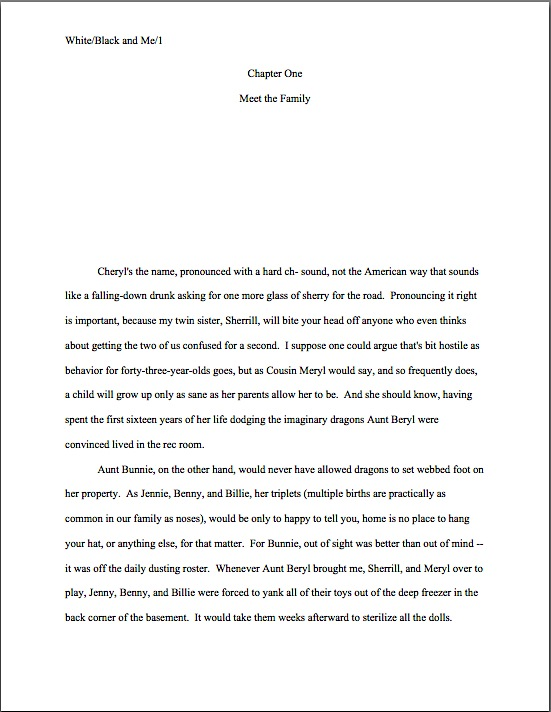
Be honest, now: right now, based on that rapid reading alone — no fair referring back to the page — could you draw Cheryl’s family tree? Not as easy for a skimmer to keep track of everyone as one might have at first supposed, is it?
The good news (yes, there is some) is that this problem is at least partially avoidable with a little advance planning on the writer’s part. Since skimming eyes zero in on capital letters, readers are likely to confuse Beryl, Bunnie, and Benny. Adopting the old screenwriters’ axiom of avoiding christening characters with names that begin with the same letter will help alleviate reader confusion.
Repetitive capital letters are not the only avoidable bugbears in naming, however. Swift readers will also frequently mix up names with similar sequences of letters, such as Cheryl, Meryl, and Beryl. Or Jenny and Benny. Or even Bunnie and Billie.
Starting to get the picture, or rather the pattern? Millicent is. And her goat is getting antsy.
Believe it or not, even names that merely sound similar can be hard to tell apart on the page. Why? Well, many readers (not usually the speediest text-absorbers, admittedly, but still, potential enjoyers of your prose) will pronounce names in their minds, at least the first time those monikers appear on the page. So while it may seem unnecessary to worry about anyone’s confusing Cheryl and Sherrill in the same manner that they might mix up Cheryl and Meryl, or Meryl and Beryl, it’s actually not beyond belief.
Try saying that last sentence out loud three times fast, and you’ll see why.
Again, advance planning (or most writers’ preferred method, after-the-fact tedious alteration) is your friend here: name your people so they don’t sound so much alike. Millicent will thank you — and, speaking as someone who survived editing a manuscript whose characters were Maureen, Marlene, Doreen, Arleen, and Darlene, I will thank you, too.
There’s another species of naming conducive to character-blurring, one that seldom involves any capital letters at all: avoiding proper nouns altogether. Such narratives have a nickname amongst editors: he said/she said texts.
Or, as I like to call them, he said/he said/he said.
Don’t laugh: name-eschewing is a more common practice than you might think, and not only in mid-book chapters, where the relevant characters are already established. In fact, leaving identification entirely to pronouns is a fairly popular type of book opening, intended (one assumes) to hook the reader by making him guess who the mysterious he (or, more often, she) of the opening paragraphs could possibly be.
Perhaps not altogether surprisingly, given its ubiquity, this type of opening turns up on practically every Millicent’s pet peeve list. Judge for yourself why it might be a goat-getter:
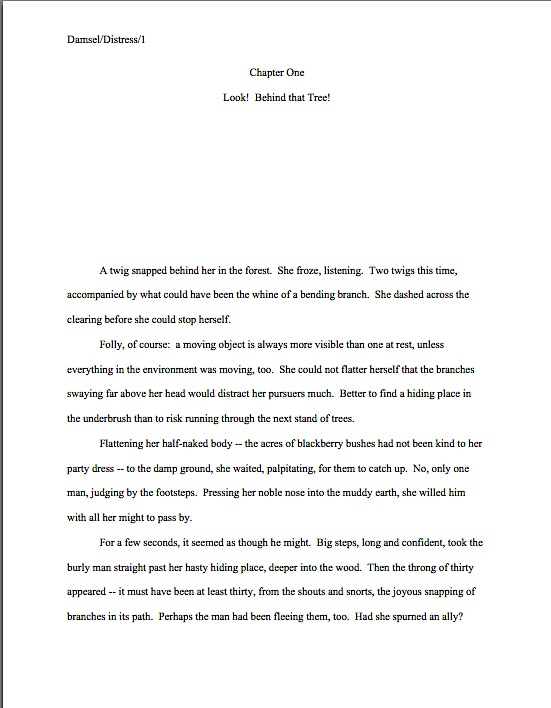
Well, are you hooked? Or, to put it in the terms that a professional reader would, are you eager to turn to page 2? If so, how much of the appeal lay in the inherent excitement of the situation and how it was presented — and how much in the fact that the narrative didn’t bother to tell you who any of these people were or much of anything about them?
“Meh,” says the goat. “I could take this story or leave it, at this point.”
I’m with you, Flossie. For the false suspense device to work, the reader has to find being kept in the dark titillating — and overwhelmingly, Millicents do not. When presented with an opening like this, they are all too prone to start asking practical questions along the lines of Who is this broad?, What on earth is going on here?, and Why is this writer withholding relevant information from me? Is this lady’s name a state secret?
Trust me on this one: in a submission (or contest entry, for that matter), it’s the writer’s job to show what’s going on, not the reader’s job to guess. Letting the reader know who is who is more than good Millicent-pleasing; it’s generally considered better writing than false suspense.
Or any other tactic that’s like to result in reader confusion, really. Millicent’s usual response to being confused by what’s in front of her on the page is generally quite dramatic: a cry of “Next!”
Oh, those hands are in the air again. Yes? “Um, Anne?” those of you joining us mid-series inquire meekly. “I have to admit, I rather like this kind of opening. I can see that it’s suspenseful, but what’s false about it? I’ve seen it in plenty of published books. And if there’s only one character in a scene — or only one whose name the protagonist knows, as in that last example — what’s so confusing about not telling the reader who she is?”
Valid questions all, meek inquirers. Yes, this opening is exciting, and yes, there was a time when this strategy was considered pretty nifty, particularly in fantasy circles. But really, hasn’t it been done to death by now?
The rather hackneyed nature of the tactic is not its primary drawback, however: the problem is that the suspense arises not solely from the considerable inherent stress of the situation upon the protagonist, but from the fact that the reader knows neither who she is nor why she is being pursued. (And why is she wearing a party dress in the woods?) Obviously, though, the narrator, the woman, and the author do know the answers to these questions — so the only possible reason not to share this information with the reader is to prompt the reader to be curious about it.
Hey, you — put Millicent’s goat right back where you found it. It’s not her fault (or the goat’s, for that matter) that the author didn’t have enough faith in the action of his opening scene to let it speak for itself. No, he thought had to introduce a narrative device (and a rather tired one at that) in order to interest the reader in his heroine’s plight.
Frankly, this opening doesn’t need it. Take a gander at the same page 1 with the withheld evidence added in:
“Come on, admit it,” the goat says. “It’s every bit as suspenseful, isn’t it?”
Good point, surprisingly articulate barnyard animal. For many readers, it may even be more suspenseful — having a bit of background to this chase enables us to empathize with Alice’s plight more fully.
Let’s go ahead and establish an axiom: unless there is a very, very good reason for denying the reader information as basic as a character’s name — particularly if, as in that last example, it’s the protagonist in a tight third-person narrative where the narrative voice evidently knows everything there is to know about that character — go ahead and call your characters by name the first time they appear in a scene (or the book), rather than referring to them constantly by only a generic he or she.
Believe me, Millicent doesn’t like to guess — and she has a point in this instance. Too little name-calling can be as harmful to the reader’s experience as too much. Even if the reader should in theory already know who is who, even a relatively mild policy of principled name avoidance can often lead to confusion, especially in action scenes.
Take, for example, the following little number — and to make it a fair test, I shall valiantly resist the temptation to give all of the combatants similar names.
Paul poked Herman in the chest, shoving him into Benjamin. Outraged, he pushed back, sending him tumbling backward into Ed.
“Hey!” he cried, unable to save himself from toppling over onto Josh.
Now, I’m guessing that most of you were able to follow what was happening, even without drawing a diagram of the domino effect. (Although that would have been fun to see, wouldn’t it?) All a reader would really have to do is read slowly and carefully, perhaps going back and re-reading as necessary to answer any lingering questions.
It is indeed possible, then, for the reader to emerge at the end of this passage unconfused. But is it a good idea for a writer to expect the reader to put in the work?
I can answer that one for you: not if that reader is Millicent — or, indeed, any professional reader. Because clarity is, after all, the absolute minimum requirement of publishable writing, the pros typically regard an unclear passage as a poorly-written one, period. Or if not precisely poorly-written, then at least lazily revised.
At best, it’s an abdication of authorial responsibility: the gap between what the writer meant the reader to take away from the text and what’s actually on the page needs to be bridged by someone. The writer who submits the text at this stage is tacitly conveying the belief that it’s the reader’s job to fill in the necessary details; Millicent, by contrast, will be quite sure that it’s the writer’s job — and that the writer called in sick that day.
Here, Flossie. Where has she gone?
Millicent is also quite sure — and this comes as a nasty surprise to a lot of first-time submitters — that it’s not her job to go back and re-read a sentence because she found it confusing the first time around. So positive is she on this point that if such a sentence (or paragraph, or page) appears on page 1 of a submission, as we saw in the example above, she will often simply stop reading altogether.
Chant it with me now, campers: “Next!”
Does that low, despairing moan mean that some of you remain confused about when to name and when not to name? “But Anne, aren’t you presenting us with a Catch-22? I’m afraid that once I start adding all of the proper nouns necessary for clarity to my manuscript, I shall almost instantly run afoul of our bugbear from last time, too-frequent name repetition. Help! And why is this goat following me?”
Fear not, low moaners: you are not alone. Fortunately for all, the last time I brought this up, perplexed reader Elizabeth was brave enough to speak up:
Reading about repetition in manuscripts has me quaking in my boots. I understand that poor Millicent doesn’t want to read the same 15 words strung in a different order for 300 pages, but I was also under the impression that it was better to use a character’s name over a pronoun nine times out of ten, for clarity.
Obviously, it depends on how many times I replace the pronoun with the character name, as well as if Jason is the only “he” in the room, then there is less of a chance for confusion (unless there is also a transsexual in the room as well). One shouldn’t change every “he” to “Jason” just to be clear, or vice versa.
Now that I fully recognize the evils of repetition, I want to do my part and squelch it in my manuscript. I am just in agony over what to do about character names versus pronouns now that you mention that repeating the character’s name over and over is tiresome.
Elizabeth speaks for many here: I frequently meet aspiring writers who tell me that their early writing teachers insisted (wrongly, as it happens) that the only conceivable way to avoid confusing a reader by in a scene with more than one he or she is to avoid using pronouns altogether. The result, as she points out, can be name repetition of the most annoying variety.
Let’s see why. To revisit our earlier pronoun-problem example:
Paul poked Herman in the chest, shoving him into Benjamin. Outraged, Herman pushed Paul back, sending Paul tumbling backward into Ed.
“Hey!” Ed cried, unable to save himself from toppling over onto Josh.
Oh, dear: that won’t do at all, will it? Unless a writer wants to stock up on Goat Chow, this seems like a strategic mistake.
It does serve, however, to illustrate an important reason to approach writing advice with caution: all too often, writing guidelines that aren’t applicable to every situation are presented as inviolable rules. Certainly, many, many aspiring writers are prone to take them as such. Matters of style are, unfortunately, often discussed as if they were matters of fact. As a result, accepting sweeping generalizations like the one Elizabeth cites above may actually be harmful to your writing.
Yes, you read that correctly. So here is my advice: never — and I do mean NEVER — accept a writing rule as universal unless you are absolutely satisfied that it will work in every single applicable instance. If you are not positive that you understand why a writing axiom or piece of feedback will improve your manuscript, do not apply it to your pages.
What should you do instead? Ask questions, plenty of them, and don’t accept, “Well, everybody knows it should be this way,” as an answer. Plenty of stylistic preferences have been foisted upon fledgling writers over the years as laws inviolable, and it actually not all that uncommon for writing teachers not to make — how shall I put this? — as strong a distinction between what is indispensably necessary for good writing and what is simply one possible fix for a common problem.
Take the 9/10th truism Elizabeth mentioned, for instance: it’s not uncommon generic writing advice, but it’s not particularly helpful, is it? I suspect that the real intention behind it is for multiplayer scenes — and, as is true of many pieces of specific writing advice that get passed on as if they were hard-and-fast rules, probably was first scrawled in the margins of a scene with a large cast, most of whom were merely described as he or she. Somehow, through the dim mists of time, what may well have started out as a relatively minor revision suggestion (you might want to think about giving that lady in the forest a name, Gerald), transmogrified into an imperative (thou shalt not use pronouns!).
But that imperative does not exist: there’s plenty of good writing that uses pronouns in abundance. Great writing, even, as even the most cursory flip through the volumes at any well-stocked bookstore or library will rapidly demonstrate. I’ve seen it, and I’m sure you have, too.
Heck, even the goat’s seen it.
That’s why, in case you’d been wondering for the past ten paragraphs, I specified that I often hear the proper-name-at-all-costs rule from aspiring writers; professional writers know better. They know that there are many, many means of achieving clarity in writing about people without treating pronouns as if they were infected with some dreadful communicable disease.
Seriously, professional readers see practically pronoun-free first pages more than you might think — although nowhere near as often as the type of proper name-withholding opening we saw above. The trick, as is so often the case for good revision, is to approach each potential name vs. pronoun conundrum on an individual basis, rather than seeking to force every imaginable use of either into a one-size-fits-all rule.
Don’t be afraid to apply your common sense. As Aristotle liked to point out, moderation is the key.
Okay, so he was talking about something else, but obviously, where there are several characters of the same gender, referring to each by name, at least occasionally, could reduce confusion quite a bit. (And before anybody asks, the rule of thumb for transgendered characters is pretty straightforward in American literature, though: use the pronoun the character would use to refer to him- or herself at the time, regardless of the stage of physical transition. While Marci is introducing herself as Marci, rather than Marc, use she; when he would introduce himself as Marc, use he. It’s only polite to call people what they wish to be called, after all, and it will save the narrative from having to indulge in pointlessly confusing back-and-forth shifts.)
Once the reader knows who the players in a scene are, a clever writer can easily structure the narrative so pronoun use isn’t confusing at all. Remember, moderation is your friend, and clarity is your goal.
Let me guess: you want to see those principles in action, don’t you? Okay, let’s revisit a proper name-heavy example from last time, one that might easily have been composed by a writer who believed pronouns were to be eschewed because they have cooties. Behold the predictable result.
“I don’t think that’s fair of you, Susan,” Louisa snapped.
“Why ever not?” Sue asked.
“Oh, don’t be disingenuous with me, Sue. I’ve known you too long.”
Susan played with a nearby paperweight. Was she testing its weight for throwing? “Honestly, Lou, I haven’t the slightest idea what you’re talking about. Unless this is about John?”
“Of course it’s about John,” Louisa huffed. “How many husbands do you think I have?”
“Just one,” Susan said, smiling. “It’s been just John since the seventh grade.”
Louisa’s eyes stung for a moment. Susan always had known how to push her buttons. “Don’t change the subject, Susan. Next, you’ll be reminiscing about that time we hacked our classmate Elaine to death with sharpened rulers when we were in the fourth grade.”
Susan sighed. “Those were the days, eh, Lou?”
“I’ll say,” Louisa said, edging out of paperweight-tossing range. “She should have known better than to beat you at tetherball.”
“Meh,” the goat observes, shaking its horned head, “that’s quite a lot of proper names for such a short scene, isn’t it?”
Far more than Millicent would deem necessary, certainly — which is to say, far, far more than are necessary for clarity, yet more than enough to feel repetitious on the page. Yet simply replacing all of the names with she (or, in John’s case, he) would leave the reader wondering what was going on. Lookee:
“I don’t think that’s fair of you,” she snapped.
“Why ever not?” she asked.
“Oh, don’t be disingenuous with me. I’ve known you too long.”
She played with a nearby paperweight. Was she testing its weight for throwing? “Honestly, I haven’t the slightest idea what you’re talking about. Unless this is about him?”
“Of course it’s about him,” she huffed. “How many husbands do you think I have?”
“Just one,” she said, smiling. “It’s been just him since the seventh grade.”
Her eyes stung for a moment. She always had known how to push her buttons. “Don’t change the subject. Next, you’ll be reminiscing about that time we hacked our classmate to death with sharpened rulers when we were in the fourth grade.”
She sighed. “Those were the days, eh?”
“I’ll say,” she said, edging out of paperweight-tossing range. “She should have known better than to beat you at tetherball.”
Fortunately, those two options aren’t the only tools we have up our writerly sleeves, are they? Let’s try a combination of minimizing the proper nouns by incorporating a little light pronoun use and reworking the dialogue a little:
“I don’t think that’s fair of you,” Louisa snapped.
“Why ever not?”
“Oh, don’t be disingenuous with me, Sue. I’ve known you too long.”
Susan played with a nearby paperweight. Was she testing its weight for throwing? “Honestly, I haven’t the slightest idea what you’re talking about. Unless this is about John?”
“Of course it’s about him. How many husbands do you think I have?”
“Just one,” she said, smiling. “It’s been just him since the seventh grade.”
Louisa’s eyes stung for a moment. Susan always had known how to push her buttons. “Don’t change the subject. Next, you’ll be reminiscing about that time we hacked our classmate Elaine to death with sharpened rulers when we were in the fourth grade.”
“Those were the days, eh?”
“I’ll say,” Louisa said, edging out of paperweight-tossing range. “She should have known better than to beat you at tetherball.”
Experience even momentary confusion about who was who, or who was saying what when? The goat and I think not. All it took was a touch of creativity, a spot of flexibility, and a willingness to read the scene from the reader’s perspective, rather than the writer’s.
After all, clarity, like beauty, is in the eye of the beholder. As the writer, it’s your job to keep that pupil happy by making your narrative a pleasure to read.
Oh, come back, Flossie — Millicent doesn’t like bad puns, either. Keep up the good work!





